The Mathematics Gallery design explores the many influences of mathematics in our everyday lives; transforming seemingly abstract mathematical concepts into an exciting interactive experience for visitors of all ages.
The Science Museum’s collection tells the stories of key scientific and technological developments and the people behind them. The new Mathematics Gallery will engage its visitors by connecting the gallery’s objects to their mathematical ideas and outlining their social and cultural significance. The gallery’s design will encourage visitors to be inquisitive and discover links between the historic objects and contemporary experience.
The varied collection exhibited in the gallery will be divided into a number of zones exploring stories about mathematicians, mathematical applications in our everyday lives, and mathematical tools and ideas. However, the fluid organization of the gallery’s design will invite curators and visitors to establish connections that transcend every zone, mirroring the integrated nature of mathematics applications in all aspects of life.
The largest object to be exhibited within the gallery will be a 1929 biplane suspended from the ceiling. This experimental British aircraft made by Handley Page competed in the finals of the 1927 competition to design an aircraft that could take off and land slowly and steeply without stalling. The mathematics of aerodynamics and material stress embodied within the biplane’s design involved complex interacting equations which required extensive research by mathematicians across the aviation sector. This research profoundly advanced aeronautical science at the very beginnings of civilian air travel.
Due to open in 2016, the new Mathematics Gallery will engage its visitors with an immersive experience of the mathematical and convey many of the fascinating stories of mathematicians that have shaped our history and continue to define our future.
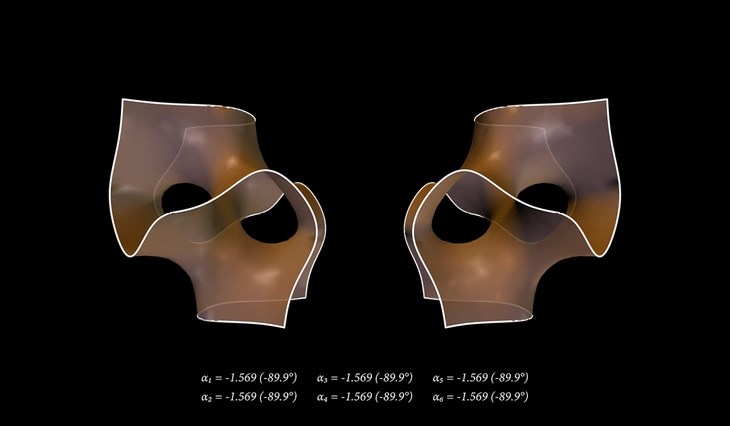 MATHEMATICS GALLERY, SCIENCE MUSEUM / ZAHA HADID ARCHITECTS
MATHEMATICS GALLERY, SCIENCE MUSEUM / ZAHA HADID ARCHITECTS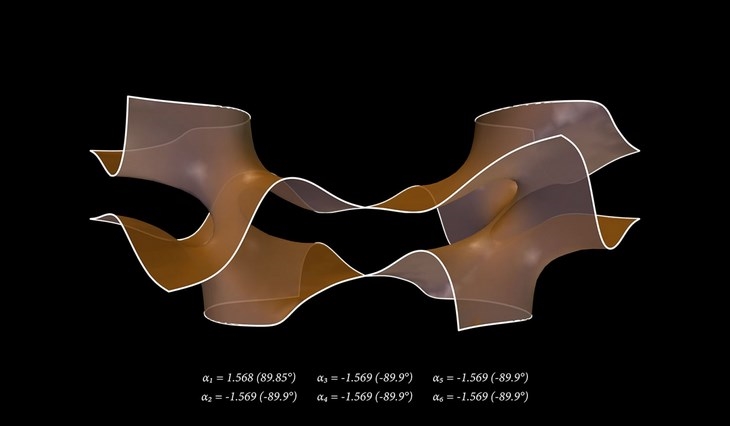 MATHEMATICS GALLERY, SCIENCE MUSEUM / ZAHA HADID ARCHITECTS
MATHEMATICS GALLERY, SCIENCE MUSEUM / ZAHA HADID ARCHITECTS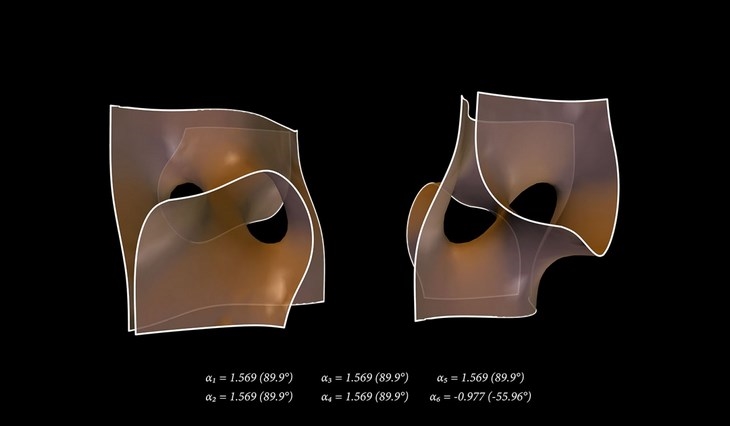 MATHEMATICS GALLERY, SCIENCE MUSEUM / ZAHA HADID ARCHITECTS
MATHEMATICS GALLERY, SCIENCE MUSEUM / ZAHA HADID ARCHITECTS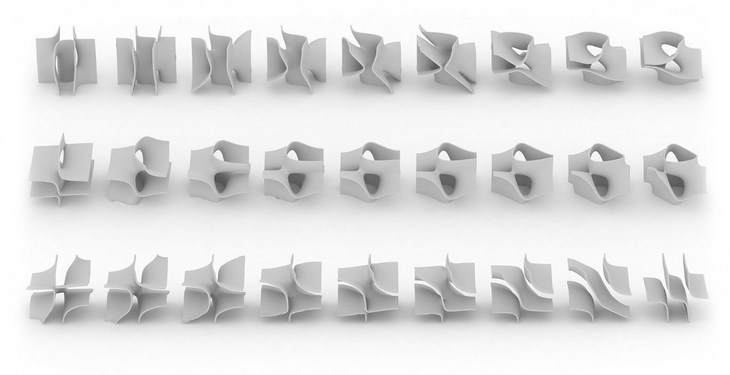 MATHEMATICS GALLERY, SCIENCE MUSEUM / ZAHA HADID ARCHITECTS
MATHEMATICS GALLERY, SCIENCE MUSEUM / ZAHA HADID ARCHITECTS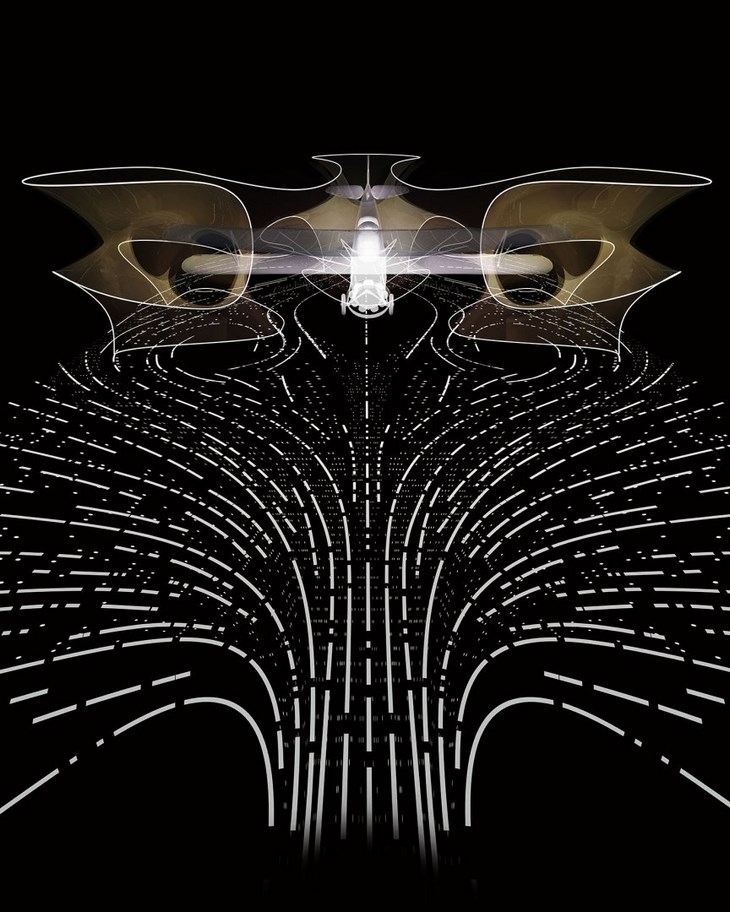 MATHEMATICS GALLERY, SCIENCE MUSEUM / ZAHA HADID ARCHITECTS
MATHEMATICS GALLERY, SCIENCE MUSEUM / ZAHA HADID ARCHITECTS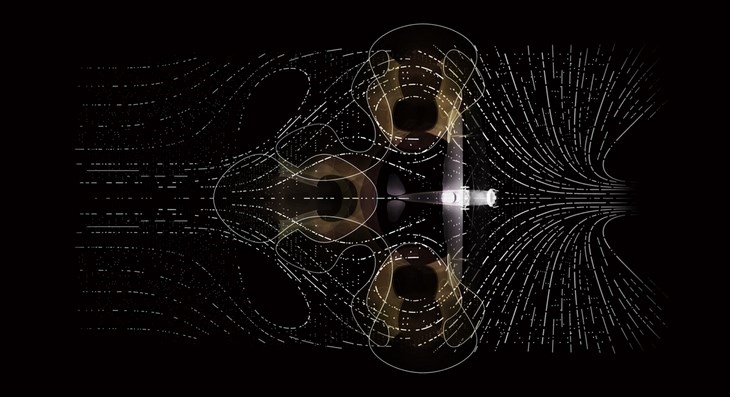 MATHEMATICS GALLERY, SCIENCE MUSEUM / ZAHA HADID ARCHITECTS
MATHEMATICS GALLERY, SCIENCE MUSEUM / ZAHA HADID ARCHITECTS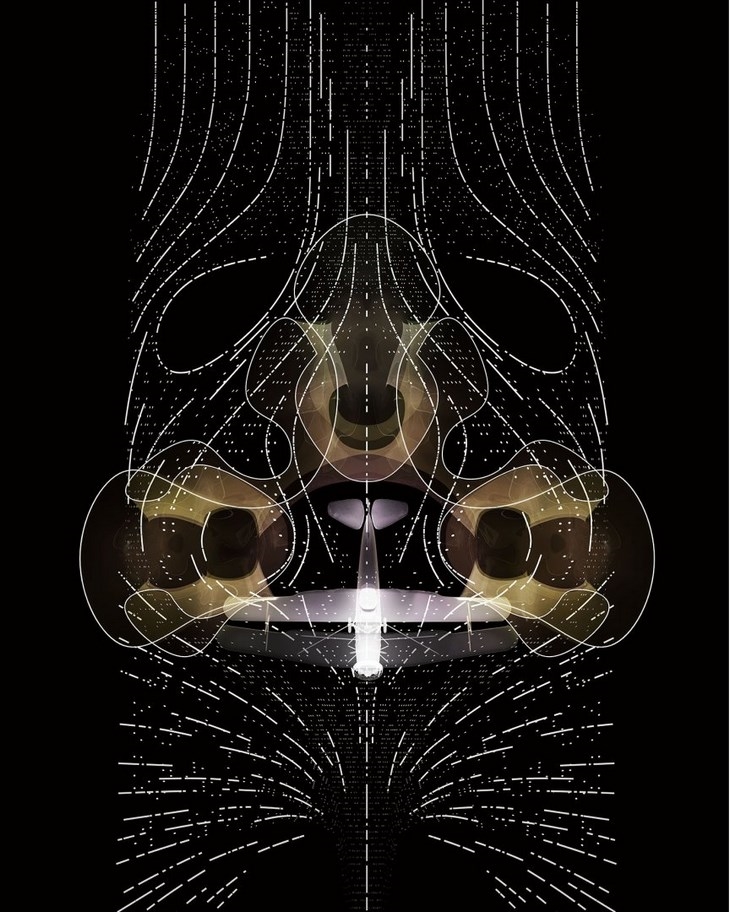 MATHEMATICS GALLERY, SCIENCE MUSEUM / ZAHA HADID ARCHITECTS
MATHEMATICS GALLERY, SCIENCE MUSEUM / ZAHA HADID ARCHITECTS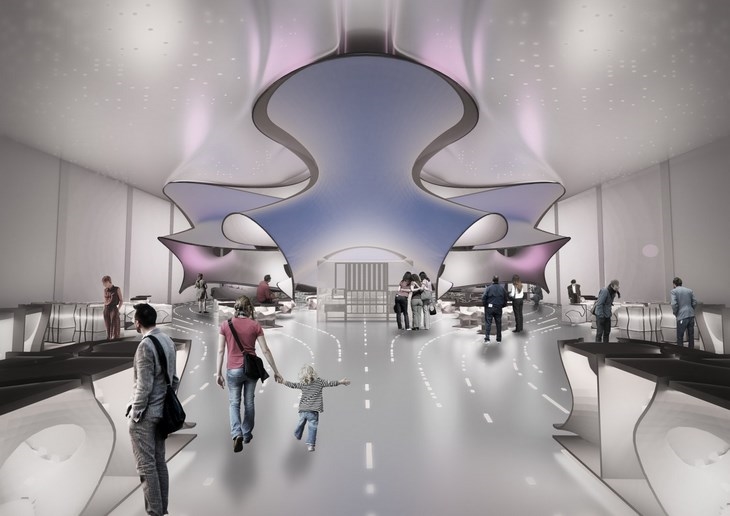 MATHEMATICS GALLERY, SCIENCE MUSEUM / ZAHA HADID ARCHITECTS
MATHEMATICS GALLERY, SCIENCE MUSEUM / ZAHA HADID ARCHITECTS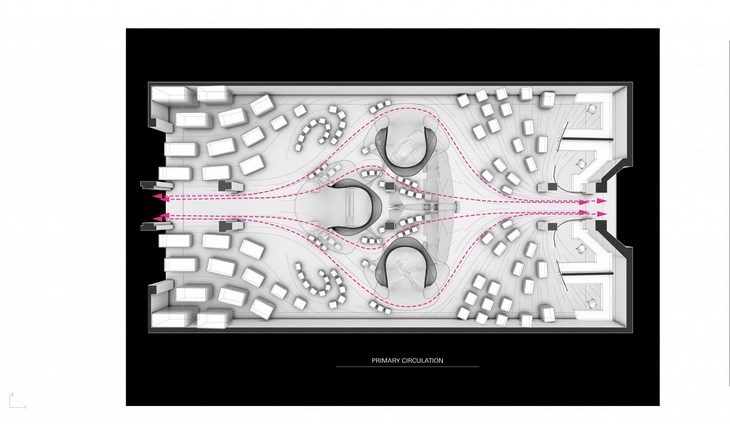 MATHEMATICS GALLERY, SCIENCE MUSEUM / ZAHA HADID ARCHITECTS
MATHEMATICS GALLERY, SCIENCE MUSEUM / ZAHA HADID ARCHITECTSREAD ALSO: LE CORBUSIER / MESURES DE L’HOMME, 29 APRIL - 3 AUGUST 2015, CENTRE POMPIDOU